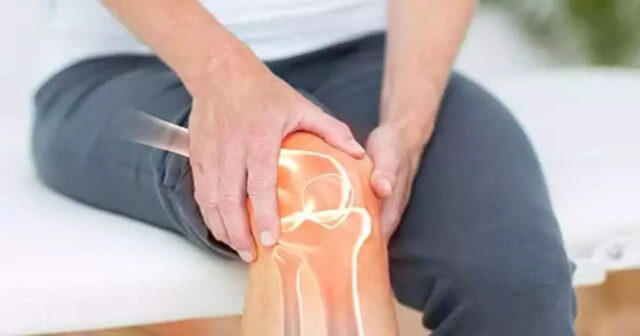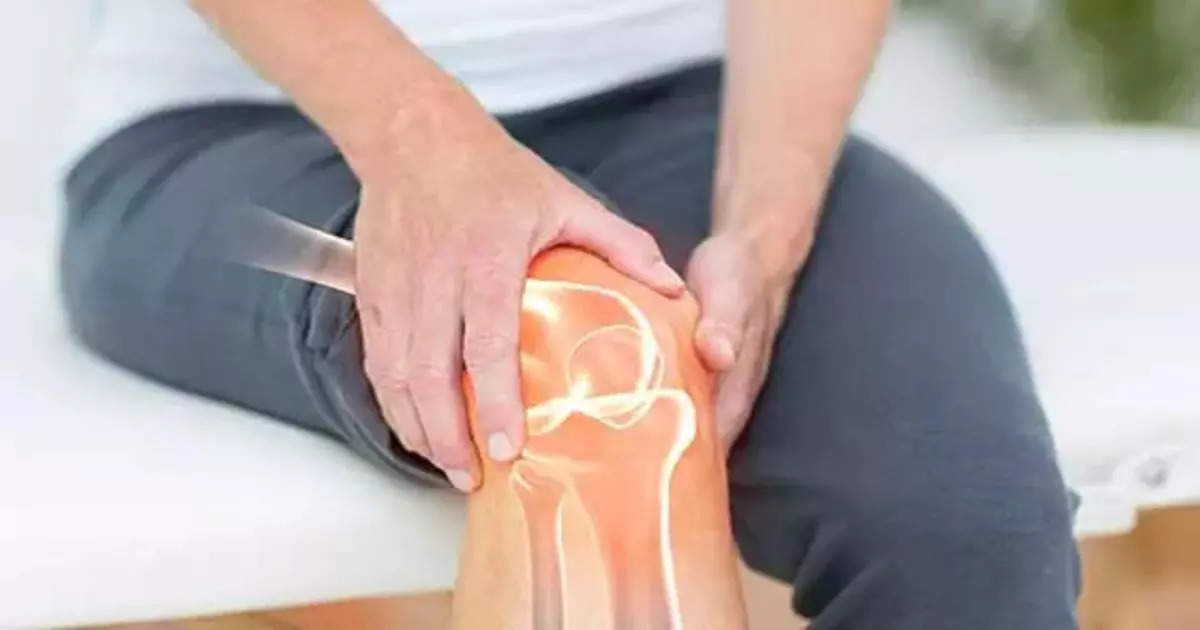
Findings of the survey:
The study which was commissioned by Motive Health, INC and conducted by Talker Research found that 85% respondents experience joint pain and did not realize that there is a direct correlation between reduced joint pain and increased muscle strength. Less than 47% were optimistic about finding a solution.
People who felt older than their actual age said it manifests through body pain (55%), getting tired easily (48%) and feeling less active (31%). All groups on an average felt older. The Baby Boomers felt 14 years older. It was lesser in the case of the silent generation who felt 12 years older on an average and Gen Xers felt 10 years older on an average.
Knee pain emerged as another issue with 40% of the Americans being impacted by this. This forced many to make changes to their life style including where they live (25%), where they work (22%) and how they travel (17%).
Impact:
71% of the respondents tend to ignore the joint pain and carry out their regular day to day activities. Experts have pointed out that there are technologies to reduce this joint pain. More than 54% said that they would be willing to change their diet and exercise whereas 52% said that they are willing to try physical exercises and therapy. 45% of the people had to stop doing things they loved to pursue and 23% felt that they had let down others by missing out on personal and professional commitments.Social factors too played a role with 47% not willing to share that they are in pain with others with 19% feeling that others may judge them as too old and too frail or that they are over reacting (18%).FAQs
Would the respondents of the survey feel better if their knee pain improved?
This was an answer which was nearly unanimous with over 98% of the respondents saying that their lives will improve drastically if their knee pain improved. When muscles around the knee weaken, it leads to pain.What was the methodology followed in conducting the survey?
This survey involved interviewing 2000 Americans on a range of issues. The primary focus was to focus on whether the respondents felt older than their actual age and the reasons for the same.
Disclaimer Statement: This content is authored by a 3rd party. The views expressed here are that of the respective authors/ entities and do not represent the views of Economic Times (ET). ET does not guarantee, vouch for or endorse any of its contents nor is responsible for them in any manner whatsoever. Please take all steps necessary to ascertain that any information and content provided is correct, updated, and verified. ET hereby disclaims any and all warranties, express or implied, relating to the report and any content therein.






































